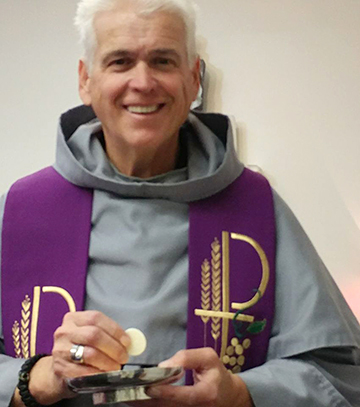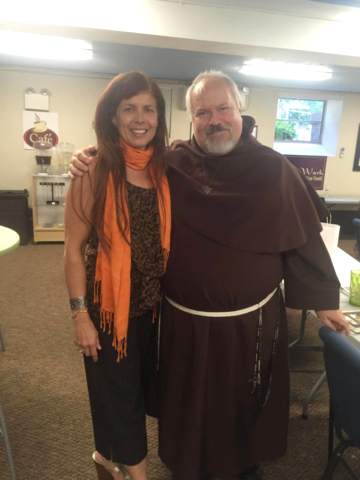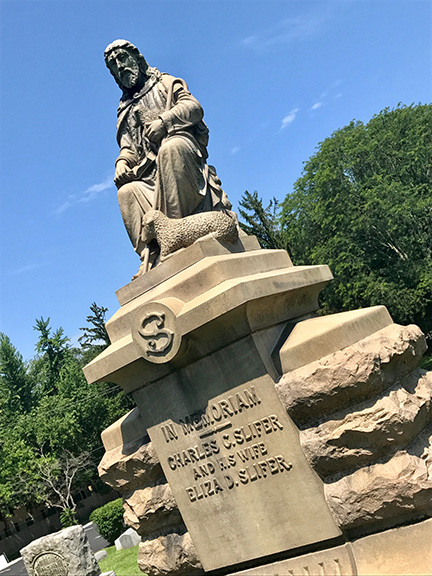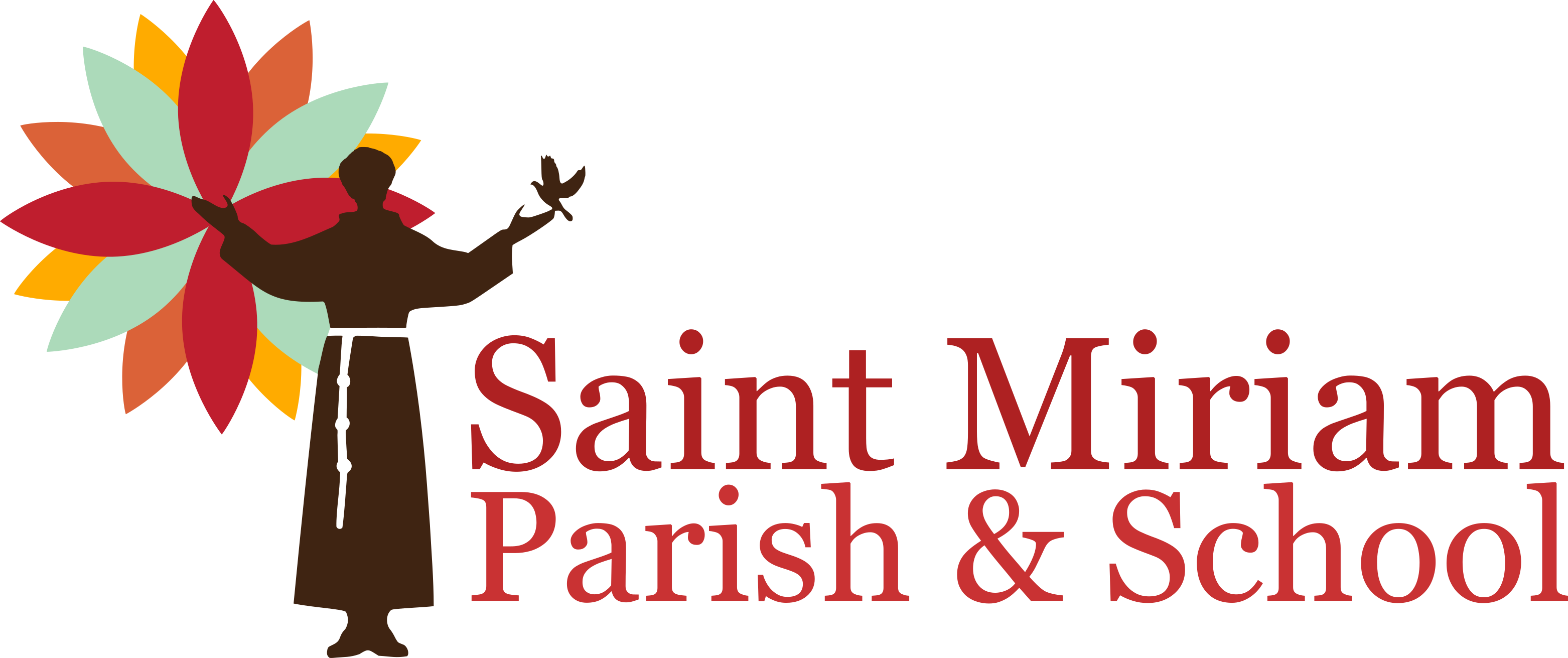“The renewal of the church will come from a new type of monasticism which only has in common with the old an uncompromising allegiance to the Sermon on the Mount. It is high time men and women banded together to do this.”
– Dietrich Bonhoeffer
The Tradition Brought New Again
 Monasticism is one of the oldest of human institutions. It testifies to the unquenchable thirst of the human soul to awaken to its origin. The first Christian monks appeared early in the Church’s history as an attempt to recover the primary experience of faith. They began as hermits in the Near East, flowered in the Egyptian desert in the fourth century AD, and then spread to Europe. The Desert Tradition was brought to the west by John Cassian and it strongly influenced both Celtic and Benedictine forms of monasticism. Early Christian monasticism had a strongly lay character and developed in contrast to the clerical state. Monks were free spirits seeking God through Christ, alone or in community. By the 6th century Saint Benedict, who was not a priest, inherited a diverse set of Christian monastic forms. In his famous Rule for Monasteries he simplified and synthesized this tradition and produced a vision of life that has inspired Christians of all walks of life down to the present day.
Monasticism is one of the oldest of human institutions. It testifies to the unquenchable thirst of the human soul to awaken to its origin. The first Christian monks appeared early in the Church’s history as an attempt to recover the primary experience of faith. They began as hermits in the Near East, flowered in the Egyptian desert in the fourth century AD, and then spread to Europe. The Desert Tradition was brought to the west by John Cassian and it strongly influenced both Celtic and Benedictine forms of monasticism. Early Christian monasticism had a strongly lay character and developed in contrast to the clerical state. Monks were free spirits seeking God through Christ, alone or in community. By the 6th century Saint Benedict, who was not a priest, inherited a diverse set of Christian monastic forms. In his famous Rule for Monasteries he simplified and synthesized this tradition and produced a vision of life that has inspired Christians of all walks of life down to the present day.
A Community of Hope
There are many different forms of monastic life and community. Today’s “Monastic,” depending on choice of vocation and calling, may live singly, in marriage, or in one of several forms of shared life with others in community. All these ways of life are livable in the Coventual Community. We recognize today both the need for a pluralism of form, and for a spirit of adventurous experimentation, as this ancient tradition evolves. We live always in hope and service to one another and the world around us.
The Modern Order
 The modern orders share an expression of commitment to the relentless pursuit of this ancient Christian spirituality in the modern world that often knows it not. It is not easy to find rejection and embrace it.
The modern orders share an expression of commitment to the relentless pursuit of this ancient Christian spirituality in the modern world that often knows it not. It is not easy to find rejection and embrace it.
We enjoy sharing our faith and talking about our Christian Journey. We try to be honest and open about what we experience and learn along the way. It is our hope that in doing so, we might inspire others to walk beyond the world of “pop-culture” faith and seek something more sincere and holistic found within dedicated communities.
God does not call all of us to leave our homes and families and live in a Friary or monastery, on a secluded mountain top. But, God does call us to lead lives devoted to love, compassion, and prayer. The Friars at Saint Miriam are an expression of this pursuit of shared faith and our common adoration of God and His Son, Our Lord, Jesus.
What We Do
 As Friars, we care for the grounds of over 12 acres, a maintenance garage and equipment, school, parish, and cemetery. We also care for the outdoor Stations of the Cross, Rosary, and wedding venues. We honor the lives of the smallest creatures, too, through our care of Angels of Assisi, a Pet Memorial Garden. We assist the school administration by being a constant and reliable presence on campus for the children and their families. We also provide time for prayer, contemplation, the Hours, Adoration, Benediction, the Rosary, and the Celebration of the Mass on Sundays, weekdays, and on the first Friday of the month for our school children.
As Friars, we care for the grounds of over 12 acres, a maintenance garage and equipment, school, parish, and cemetery. We also care for the outdoor Stations of the Cross, Rosary, and wedding venues. We honor the lives of the smallest creatures, too, through our care of Angels of Assisi, a Pet Memorial Garden. We assist the school administration by being a constant and reliable presence on campus for the children and their families. We also provide time for prayer, contemplation, the Hours, Adoration, Benediction, the Rosary, and the Celebration of the Mass on Sundays, weekdays, and on the first Friday of the month for our school children.
Our Friary, while small, is our home and we care for the facility as in a family; we do chores, clean, and cook in community. We have a time set aside for prayer and for fellowship. It is not easy living within a community, but we strive to embrace one another and bring glory to God through a life of service. We are not perfect; we aren’t meant to be.
